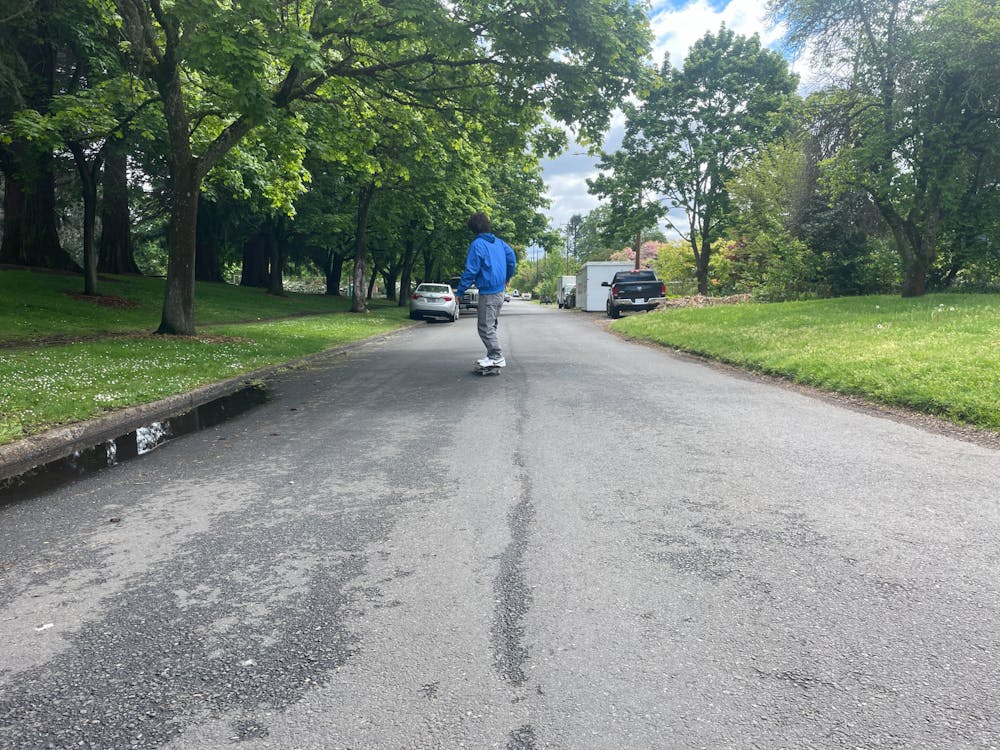I am from Los Angeles, the traffic capital of America. All I’ve ever known about traveling through a city was bumper-to-bumper traffic and smoggy skies. Once I got to college, my eyes were opened to the potential of a walkable city. Though on a very small scale, a college campus is designed in a way a walkable city could be, where residents live nearby, with the ability to bike, walk, etc. to and from school (work), home and to friends’ houses.
However, this privilege is unfortunately never to be seen again for college graduates, as there are very few walkable cities in the entire country. It can be assumed that an individual’s productivity levels in this campus setting may not translate as well as expected into the commuter lifestyle.
Given that cars emit over 3 billion metric tons of carbon dioxide every year, single-passenger commuting is more harmful to the environment year by year. While cars are not nearly comparable in total emissions to vehicles like private jets, they are still a major contributing factor to rising temperatures and smog-ridden skies.
Is a walkable city just a pipe dream?
Major cities like Amsterdam and Santa Barbara, CA have embraced this model. In Amsterdam, nearly 60% of residents say they bike daily, compared to America’s .06%. Multiple streets in downtown Santa Barbara are entirely closed off to cars, with wide lanes for bikes only. It feels abnormal to walk down a busy street without the rumble of cars driving by, horns blaring or the smell of gasoline filling the air. This should feel normal, though.
What is the benefit?
Commuting has been scientifically proven to deal direct damage to our mental health. Every ten minutes of commuting increases a person’s odds of having depression. With the average commute time for Americans being around 27 minutes, it is safe to say that the mental health crisis is impacted by increased commute times. Since the population is constantly increasing, traffic will likely follow.
How would it work?
Transforming a commuter city into a walkable one is not something that could happen overnight. Policies would need to be put in place by government officials to incentivize residents to work a bikeable or walkable distance away from home. This could be through lowering rent costs for citizens that work within a certain range of their workplace, or by offering incentives for not driving cars to work, whether it be through tax breaks or a universal basic income system. This may seem far-fetched, but it would ultimately improve any city that was willing to attempt this, as citywide emissions would be far lower, local business would be supported and a community would grow, as residents can remain connected to their city.
Ethan Sanders is a reporter for the Beacon. He can be reached at sanders25@up.edu.
Have something to say about this? We’re dedicated to publishing a wide variety of viewpoints, and we’d like to hear from you. Voice your opinion in The Beacon.








